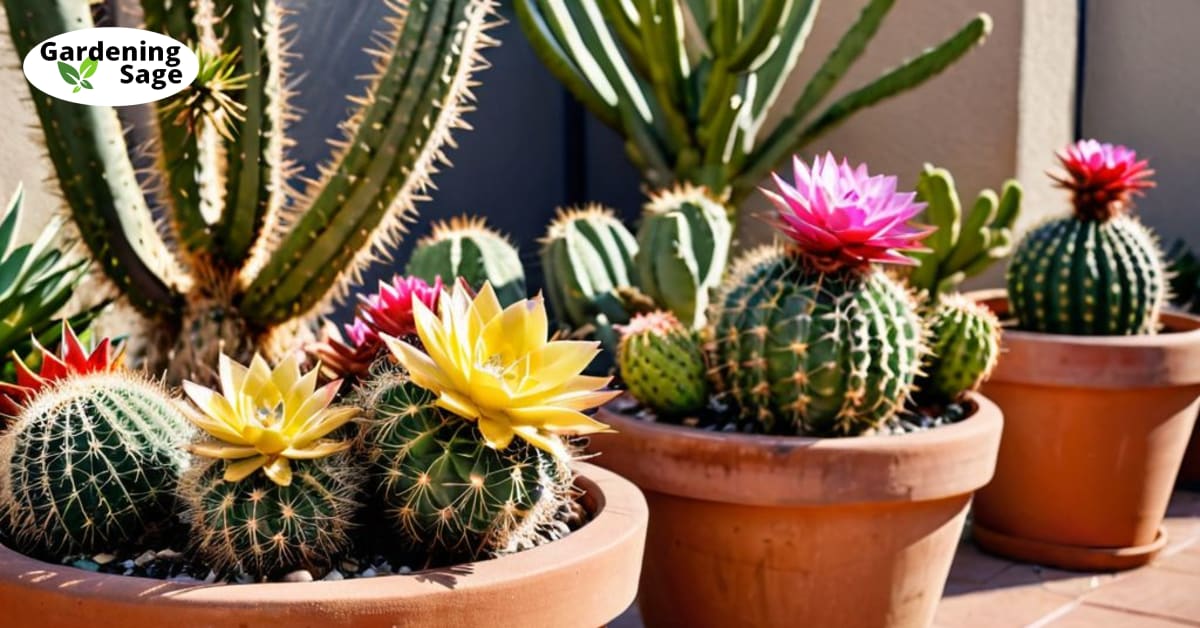Embracing the Prickly Allure of Cactus Gardening
For those seeking a low-maintenance yet visually striking addition to their gardens, cacti and succulents offer an intriguing option. With their hardy nature and sculptural forms, these plants promise to lend an exotic, desert-inspired element to both outdoor and indoor spaces.
When planning a cactus garden, the first consideration is sunlight. Cacti thrive in direct sun, requiring at least six hours of intense light per day. Select a spot that receives sun for much of the day, such as a south-facing section of the yard.
Choosing the Right Cacti
With thousands of cactus species to choose from, gardeners can pick options suited to their climate and design aesthetic. Popular choices like prickly pear, barrel cactus and saguaro bring classic silhouettes, while echinopsis, moon cacti and old lady cacti offer unique shapes and colors.
Group cacti with similar light and water requirements. For example, desert cacti like saguaro and prickly pear prefer hot, arid conditions, while jungle cacti can handle more moisture. Check each plant’s needs before planting.
Preparing the Soil
Cacti require fast-draining soil to prevent rotting. Aim for a gritty, sandy mix with a pH between 6.5-7.5. You can buy cactus soil or make your own by mixing equal parts potting soil, coarse sand, perlite and a handful of gravel or pumice.
If your yard’s soil retains water, create raised beds or mounds at least 6 inches high and fill with cactus mix. This improves drainage.
Watering Your Cactus Garden
Less is more when watering cacti. Wait until the soil is completely dry before watering again. Water slowly and deeply to encourage strong root growth.
Consider your climate. Cacti in hot, dry regions may need water every 2-3 weeks in summer and once a month in winter. Cacti in more humid climates need less water, maybe once a month in summer and every 6-8 weeks in winter.
Signs of underwatering include wrinkling and dull, lifeless color. Overwatered cacti appear plump and mushy or burst open.
Fertilizing
Use a water-soluble, balanced fertilizer made for cacti and succulents. Dilute to half strength and fertilize monthly during the growing season from spring to early fall. Avoid high-nitrogen formulas as they encourage excessive growth prone to damage.
Pruning Your Cactus
Limit pruning of columnar cacti like saguaro to damaged or dead arms only. Other types can be gently shaped by removing offsets or segments where you want controlled growth.
Use sterilized shears and allow cuts to dry for a few days before watering to prevent rot.
Bringing the Cactus Garden Indoors
Cacti make excellent houseplants, providing unique texture and visual interest. Select compact, slow-growing varieties under 12 inches tall.
Choose a sunny window where they’ll get at least 4 hours of direct light daily. South, west or east-facing windows are ideal. Rotate plants periodically so all sides get sun.
Use cactus potting mix and choose containers with drainage holes. Underpot plants slightly to keep roots snug.
Let the soil dry out completely between waterings and water sparingly in winter. Provide humidity by misting plants occasionally.
Keep indoor cacti away from drafts, vents and excessive heat sources. Avoid overcrowding.
With proper care, a cactus garden can offer years of enjoyment both inside and out. Revel in the unique textures and forms of these bold succulents!














